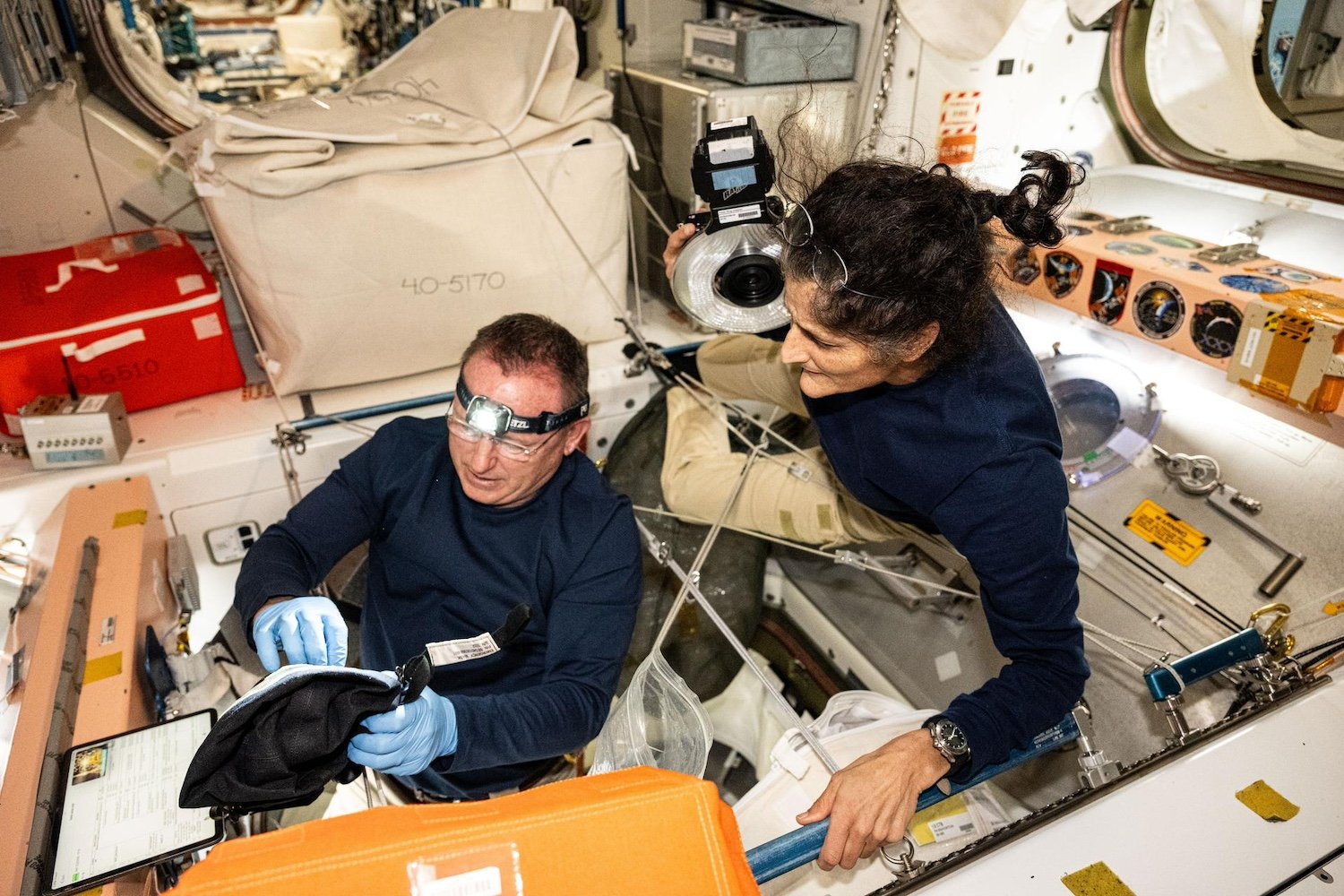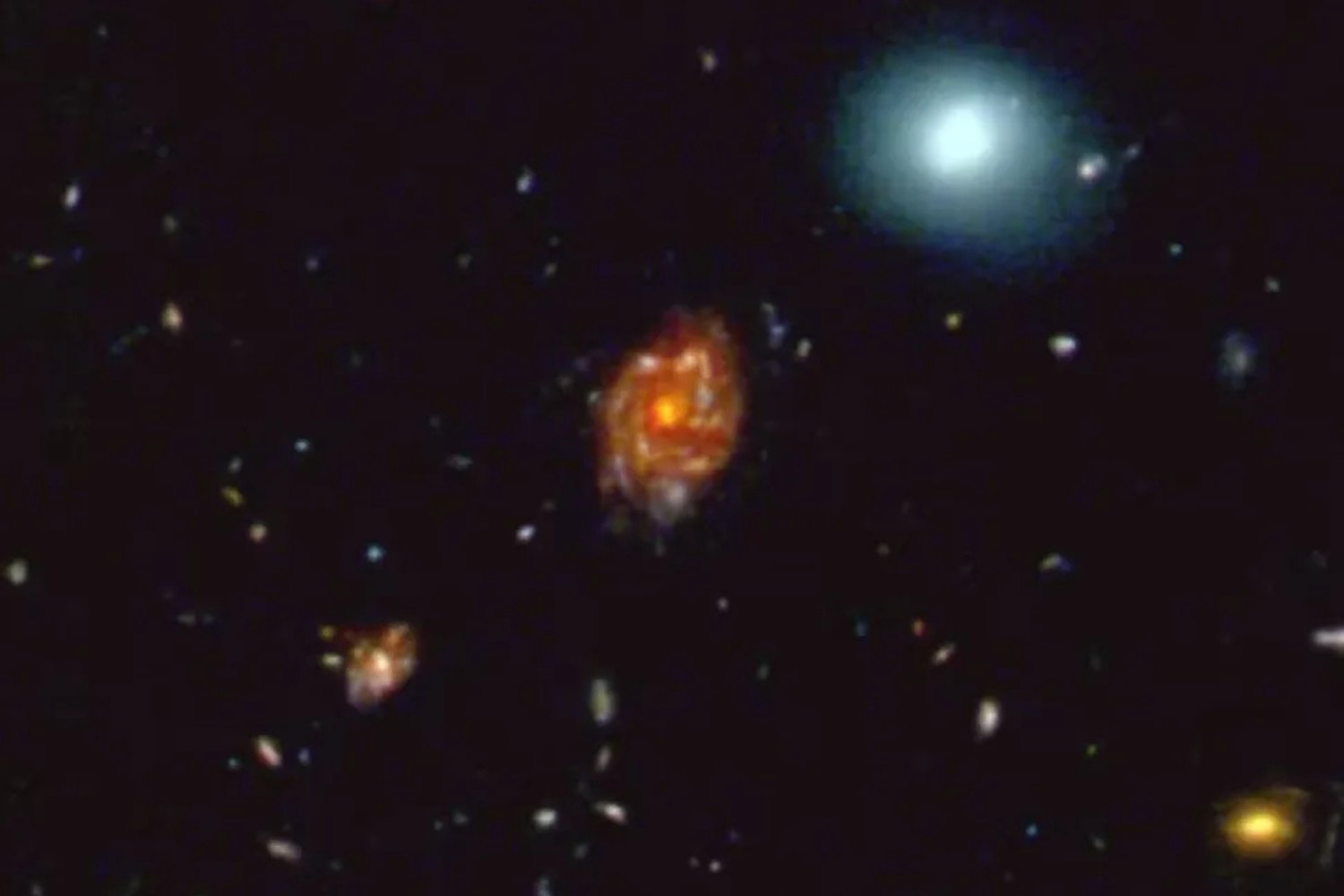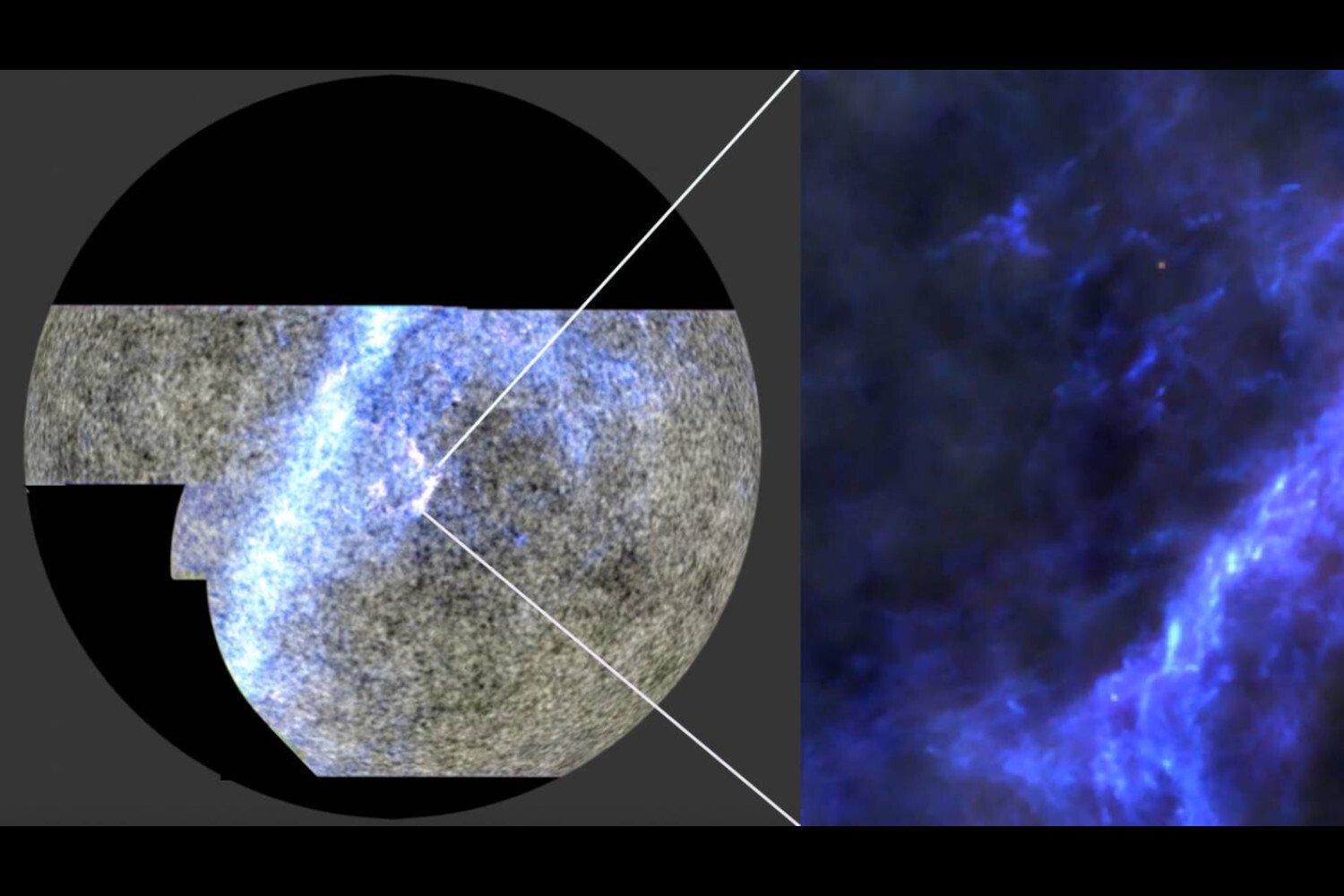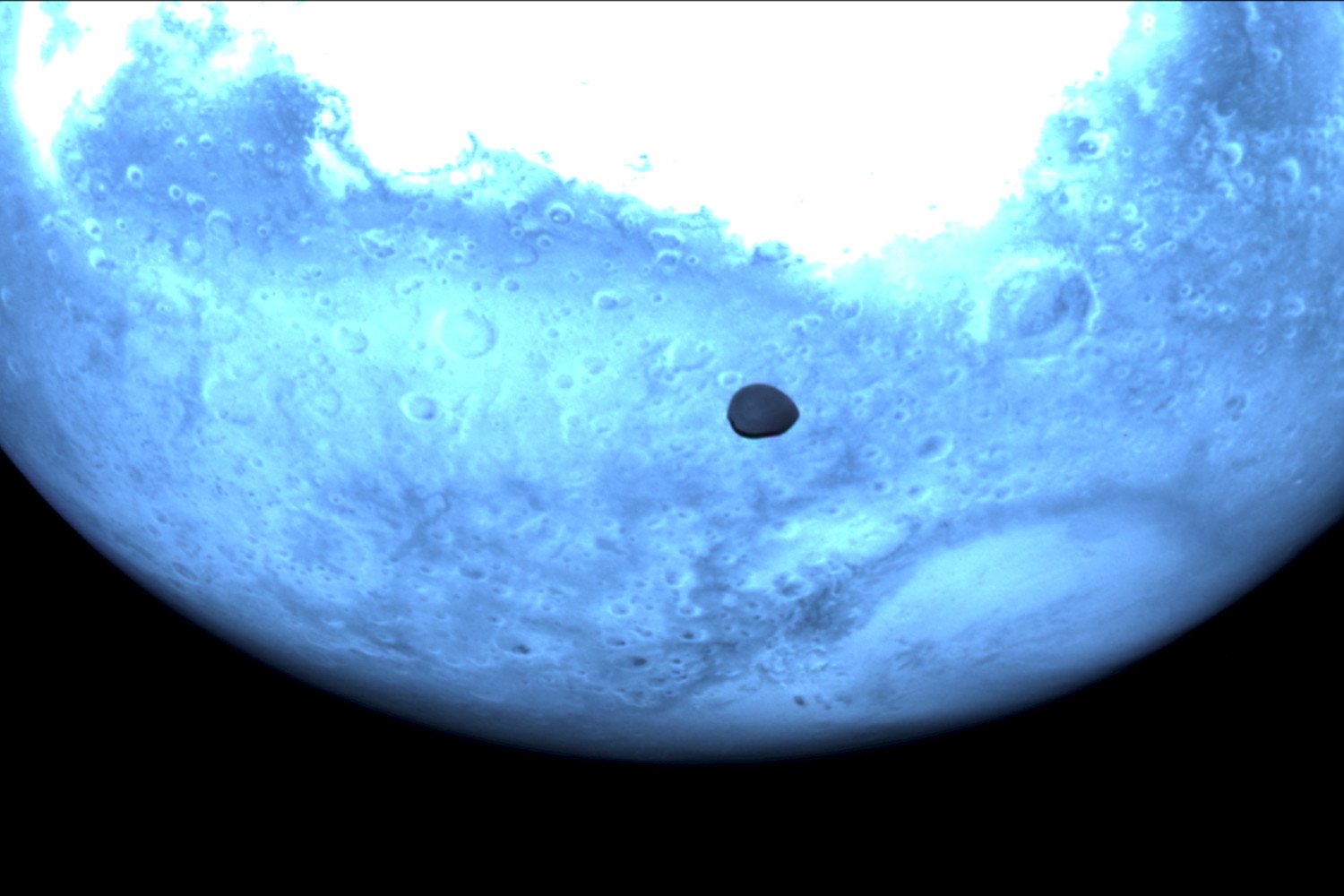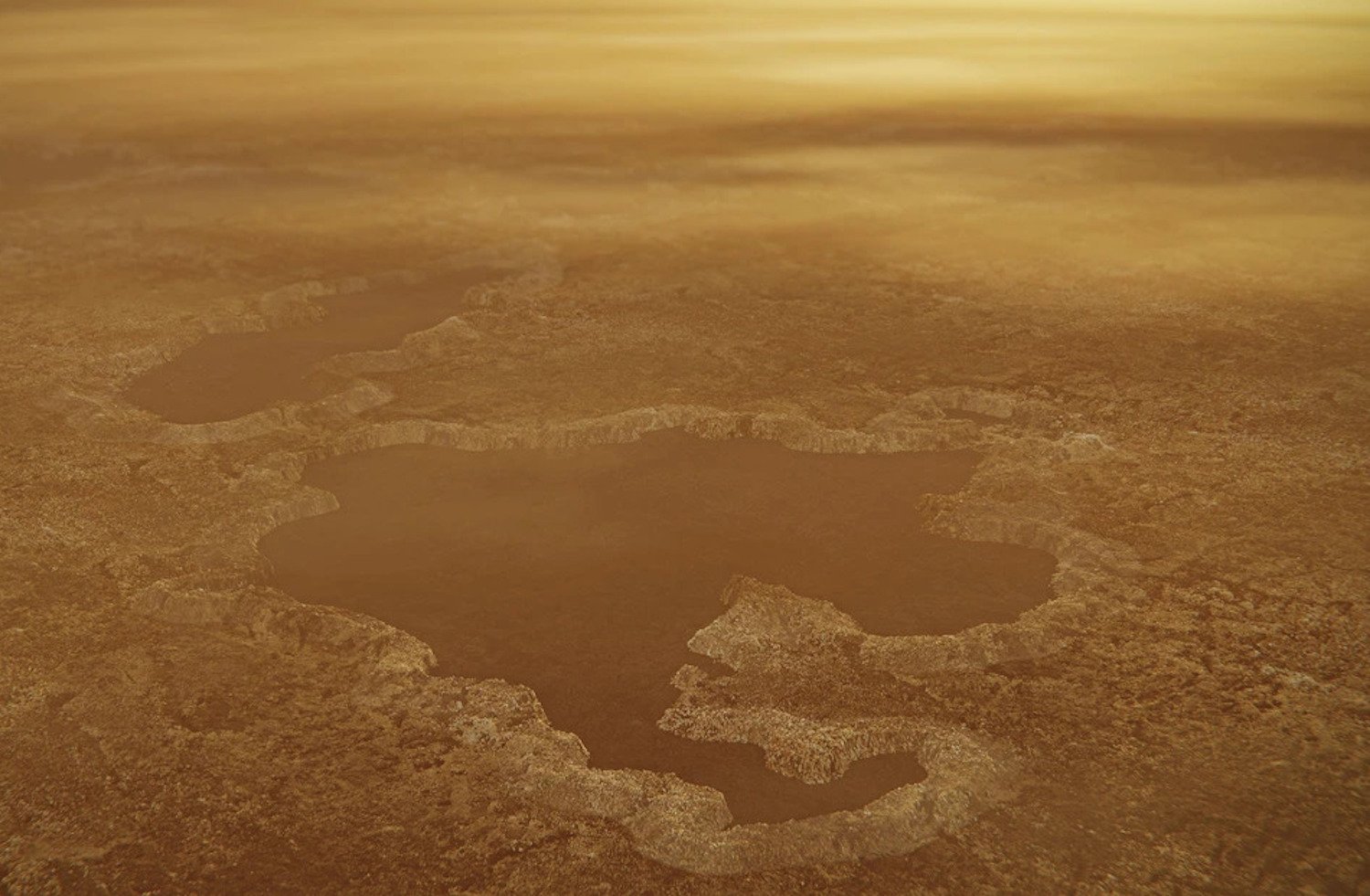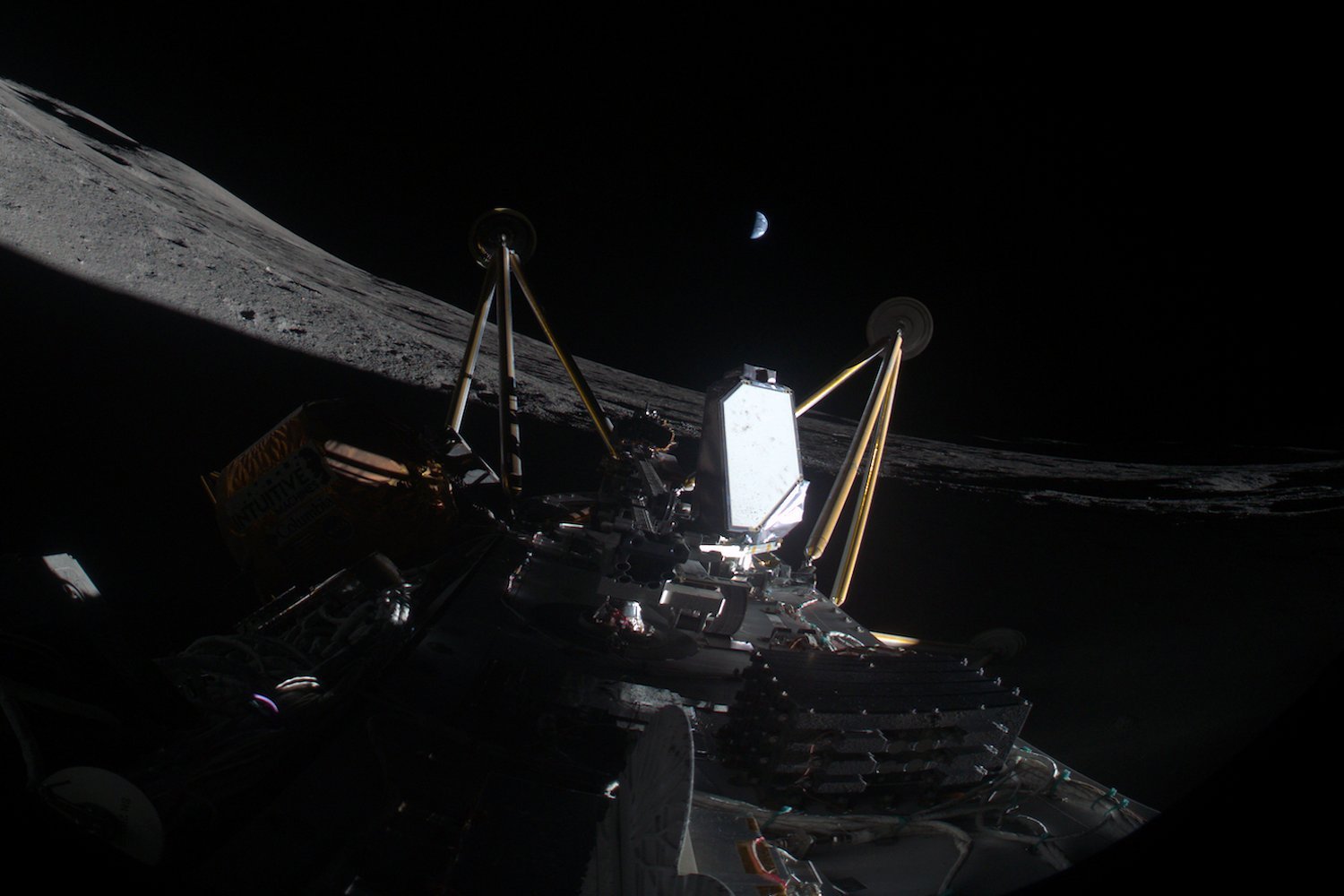The vast expanse of space continues to reveal its secrets, and the latest discovery has astronomers buzzing. Orbiting the Andromeda Galaxy, our Milky Way’s closest galactic neighbor, lies Andromeda XXXV, a remarkably small and faint satellite galaxy. Located approximately 3 million light-years from Earth, this tiny galaxy offers a unique opportunity to compare and contrast satellite galaxy behavior with those surrounding our own Milky Way. This discovery, recently published in The Astrophysical Journal Letters, has profound implications for our understanding of galaxy formation and evolution.
Andromeda XXXV is remarkably diminutive, possessing a mass roughly 20,000 times that of our Sun. This pales in comparison to the Milky Way’s estimated 1.5 trillion solar masses, and even more so against the largest known galaxies, which can reach up to 30 trillion solar masses. Despite its small stature, Andromeda XXXV is a fully functioning galaxy, albeit on a miniature scale. “These are fully functional galaxies, but they’re about a millionth of the size of the Milky Way,” explained Eric Bell, an astronomer at the University of Michigan and senior author of the study. “It’s like having a perfectly functional human being that’s the size of a grain of rice.”
Andromeda XXXV’s small size makes it susceptible to the gravitational pull of its larger neighbor, Andromeda, mirroring the relationship between the Milky Way and its own satellite galaxies. The Hubble Space Telescope played a crucial role in observing and characterizing this faint galaxy. Previously, these types of galaxies had only been observed around the Milky Way. “This type of galaxy was only discoverable around one system, the Milky Way, in the past,” Bell noted. “Now we’re able to look at one around Andromeda and it’s the first time we’ve done that outside our system.”
The Hubble observations also revealed a surprising aspect of Andromeda XXXV: its relatively recent star formation. “Most of the Milky Way satellites have very ancient star populations. They stopped forming stars about 10 billion years ago,” stated Marco Arias, the lead author of the study. “What we’re seeing is that similar satellites in Andromeda can form stars up to a few billion years ago—around 6 billion years.” This difference in star formation timelines between the Milky Way’s satellites and Andromeda’s offers a new perspective on how these processes vary across different galactic environments.
This discovery raises intriguing questions, particularly concerning Andromeda XXXV’s survival during the universe’s early, intensely hot phase. Around 13 billion years ago, the universe experienced a period of extreme heat, which could have stripped small galaxies like Andromeda XXXV of their gas, effectively halting star formation. However, observations indicate that Andromeda XXXV continued to form stars for several billion years after this period.
The continued study of Andromeda XXXV could provide valuable insights into the formation and evolution of satellite galaxies, particularly those within our own cosmic neighborhood. This tiny galaxy challenges our current understanding of star formation and underscores the vast diversity of celestial objects within the universe. Further observations are needed to unravel the remaining mysteries surrounding Andromeda XXXV and its resilient nature.




